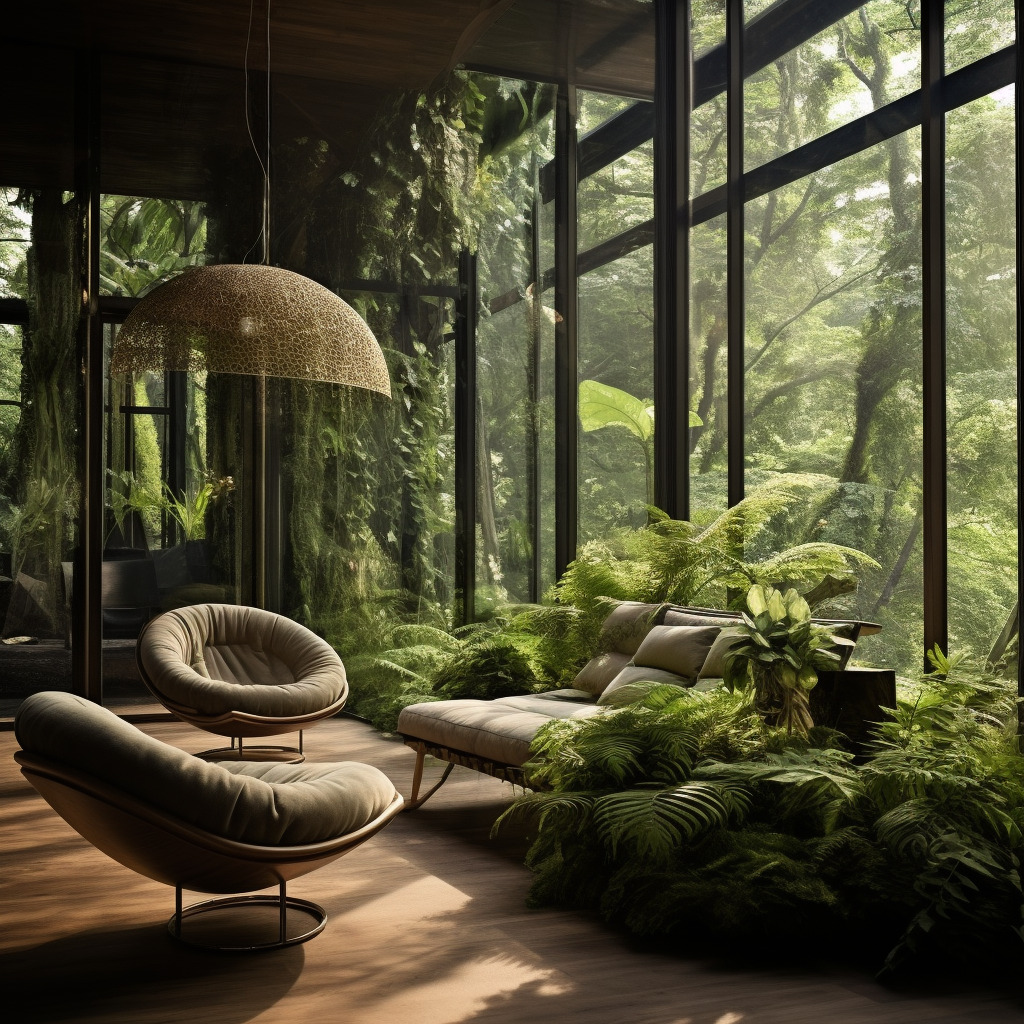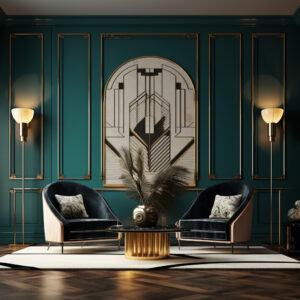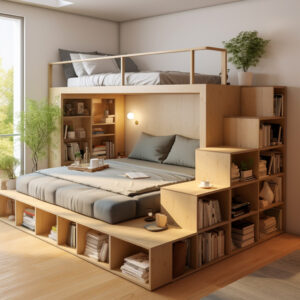Biophilic Design Elements: Bringing the Outdoors In
Introduction
Imagine a space where tranquility embraces you, where the rustle of leaves and the soft caress of natural sunlight are as integral to the room as its walls. This vision is at the heart of Biophilic Design, a philosophy that weaves the love of nature into the very fabric of our living spaces. By infusing natural elements into our homes and workplaces, we not only enhance the visual panorama but cater to our innate desire to connect with the Earth. These elements aren’t mere accessories; they are a profound nod to the natural world that reenergizes us, soothes our minds, and resets our rhythm to the peaceful hum of nature’s orchestra.
Key Elements
Element 1: Connection to Nature
The core of Biophilic Design rests on incorporating natural features into your environment. It goes beyond just placing plants around your space; it’s about designing areas that allow for as much natural light as possible, introducing a variety of natural materials and textures, and crafting views to the outdoors or green spaces.
Element 2: Natural Color Schemes
Colors have the power to indeed influence our mood. In Biophilic Design, color palettes are inspired by the natural world—think earthy browns, forest greens, sky blues, deep water hues, and floral tones.
Element 3: Variation in Texture and Pattern
Nature is rich in textures and patterns, and introducing these elements can add depth and authenticity to a space. Consider materials such as wood grain, stone, bamboo, and wool, which bring a tactile dimension and create a more immersive experience.
Element 4: Furniture Arrangement
Arranging furniture in a way that promotes ease of movement and restful areas for relaxation or social interaction is in line with biophilic principles. It’s about creating an environmental ebb and flow that feels organic and spontaneous.
Element 5: Lighting
Natural lighting is a cornerstone of Biophilic Design. Whenever possible, designs should maximize daylight exposure. In areas where natural light is scarce, choosing lighting that mimics the qualities of natural light can maintain that biological connection.
Element 6: Integration of Living Systems
Including living systems such as indoor gardens, green walls, and even water features can regenerate air, improve acoustic qualities, and bring movement and life into a space.
Tips for Biophilic Design Elements
- Scale and Proportion
- When selecting furniture, strive to balance the space. Oversized pieces can dwarf a room, whereas smaller items might get lost in a large area. Opt for pieces that echo the harmonious proportions found in nature.
- Functional Aesthetics
- Choose furnishings that are not only visually pleasing but also functional. Think about incorporating elements that can serve multiple purposes, a nod to the efficiency of natural ecosystems.
- Layering and Textures
- Layer textures to mimic the complexity of a natural landscape. Pairing rough with smooth or woven fabrics with polished wood can create an intriguing tactile experience.
- Strategic Positioning
- Position furniture to take advantage of natural light sources and views. Ensure each seat has a sightline to a window or an engaging natural feature.
- Material Considerations
- Where possible, choose materials that are sustainable and have a low impact on the environment. Utilizing recycled materials or those with minimal off-gassing can promote health and environmental stewardship.
FAQ about Biophilic Design Elements
Question 1: How can I incorporate Biophilic Design in a small space?
– Answer: Focus on incorporating smaller, strategic elements like potted plants, natural textures in textiles, and mirrors to reflect natural light. Even in a compact area, these touches can make a big difference.
Question 2: Are there cost-effective ways to include Biophilic Design Elements into my home?
– Answer: Absolutely! Small investments like a few indoor plants, the introduction of bamboo mats, or even rearranging your space to maximize natural light can achieve a biophilic effect without breaking the bank.
Question 3: Can Biophilic Design principles apply to office spaces as well?
– Answer: Yes, they can, and they should! Numerous studies show that Biophilic Design in office spaces can boost productivity, enhance creativity, and reduce stress levels. Introducing plant life, maximizing natural light, and using materials like wood and stone can transform an office space.
Question 4: How does Biophilic Design contribute to personal well-being?
– Answer: Biophilic Design has been shown to positively impact mental health by reducing stress and aiding concentration and cognition—ultimately enhancing overall well-being.
Question 5: Is it necessary to be constantly updating my space to align with Biophilic Design trends?
– Answer: Biophilic Design is more a philosophy than a trend and focuses on timeless natural elements that don’t require constant updating. Occasionally introducing new plants or natural materials can keep the space feeling fresh without continual major changes.
In the hustle and bustle of the modern world, Biophilic Design Elements are more than just a trend in interior design; they represent a fundamental shift towards environments that honor our connection to nature and our personal well-being. By incorporating the earth’s elements into our living spaces, we craft an oasis that rejuvenates the mind, body, and spirit. So breathe deep and invite the peace and beauty of the outdoors into your interior world.




